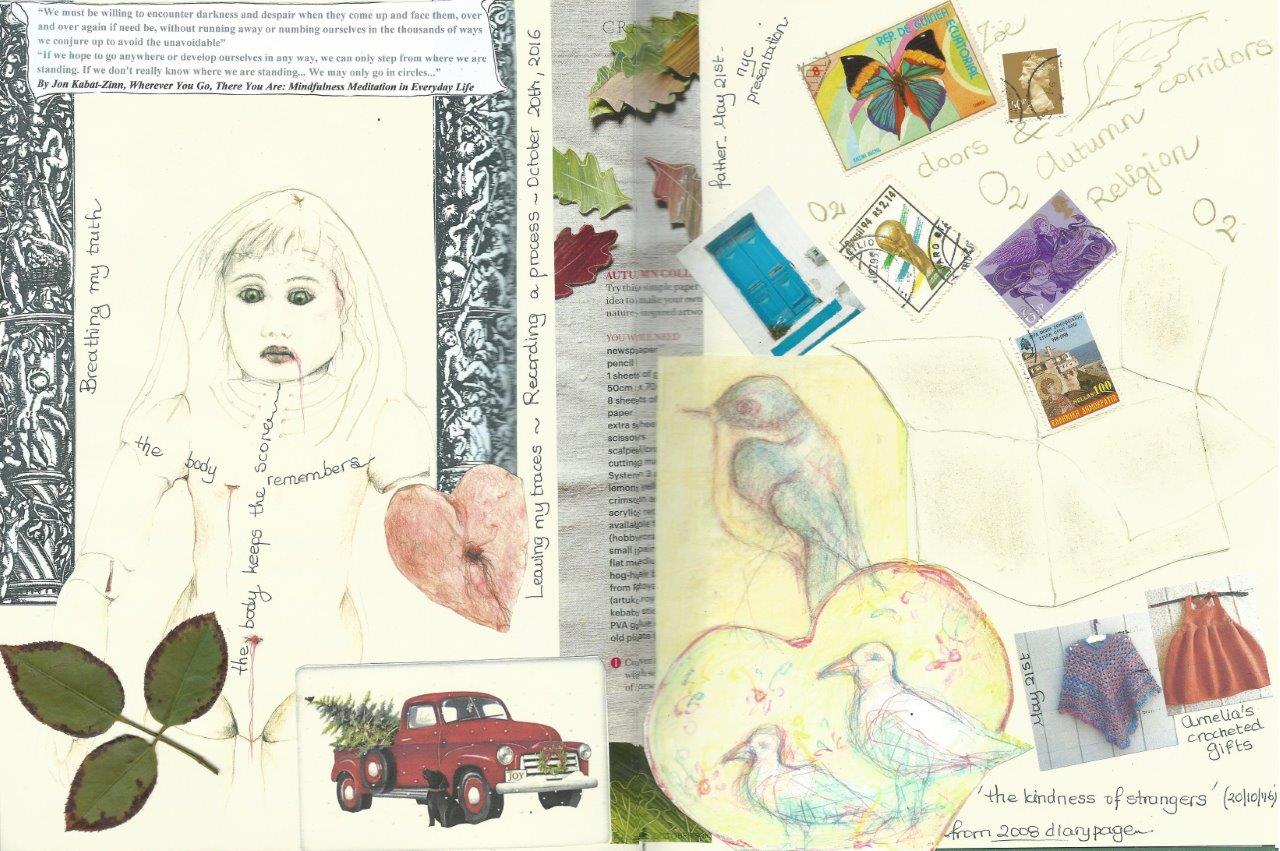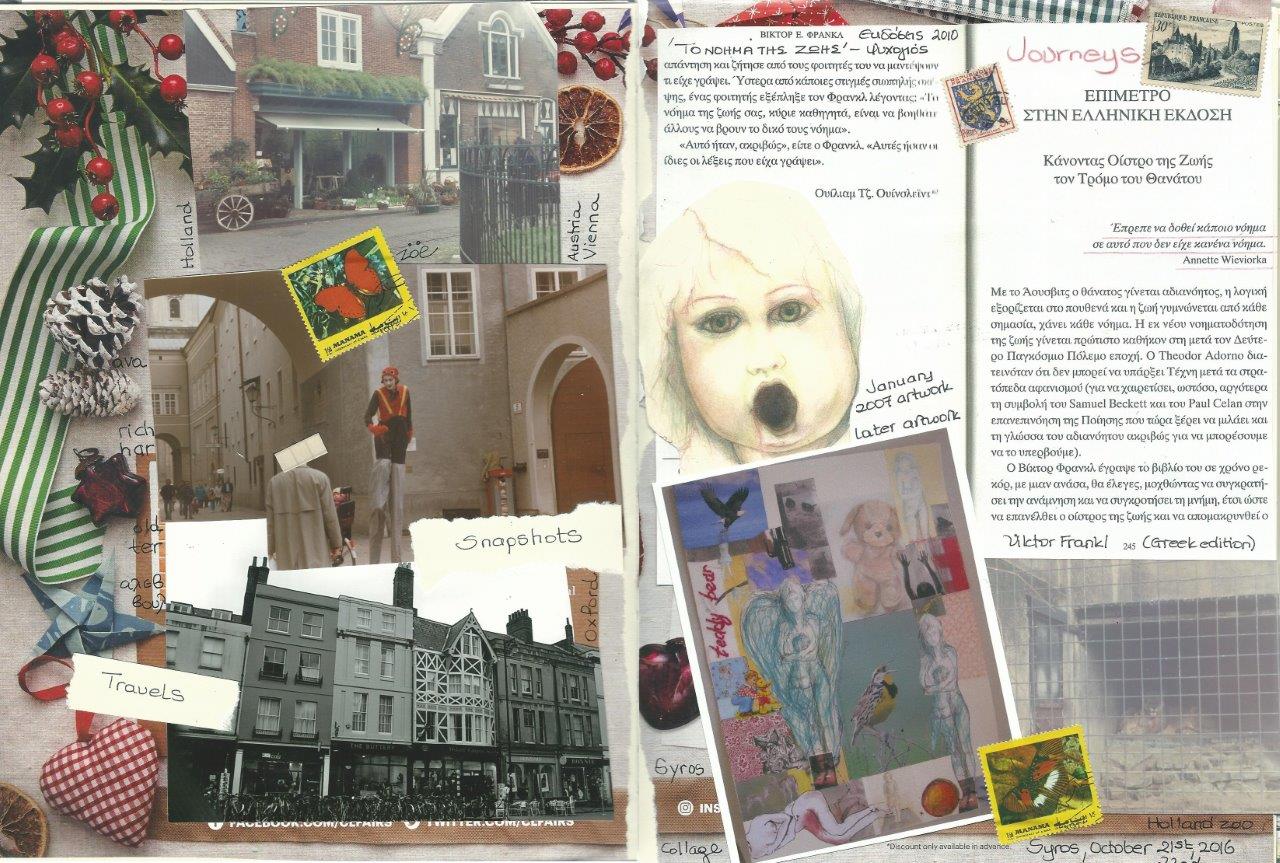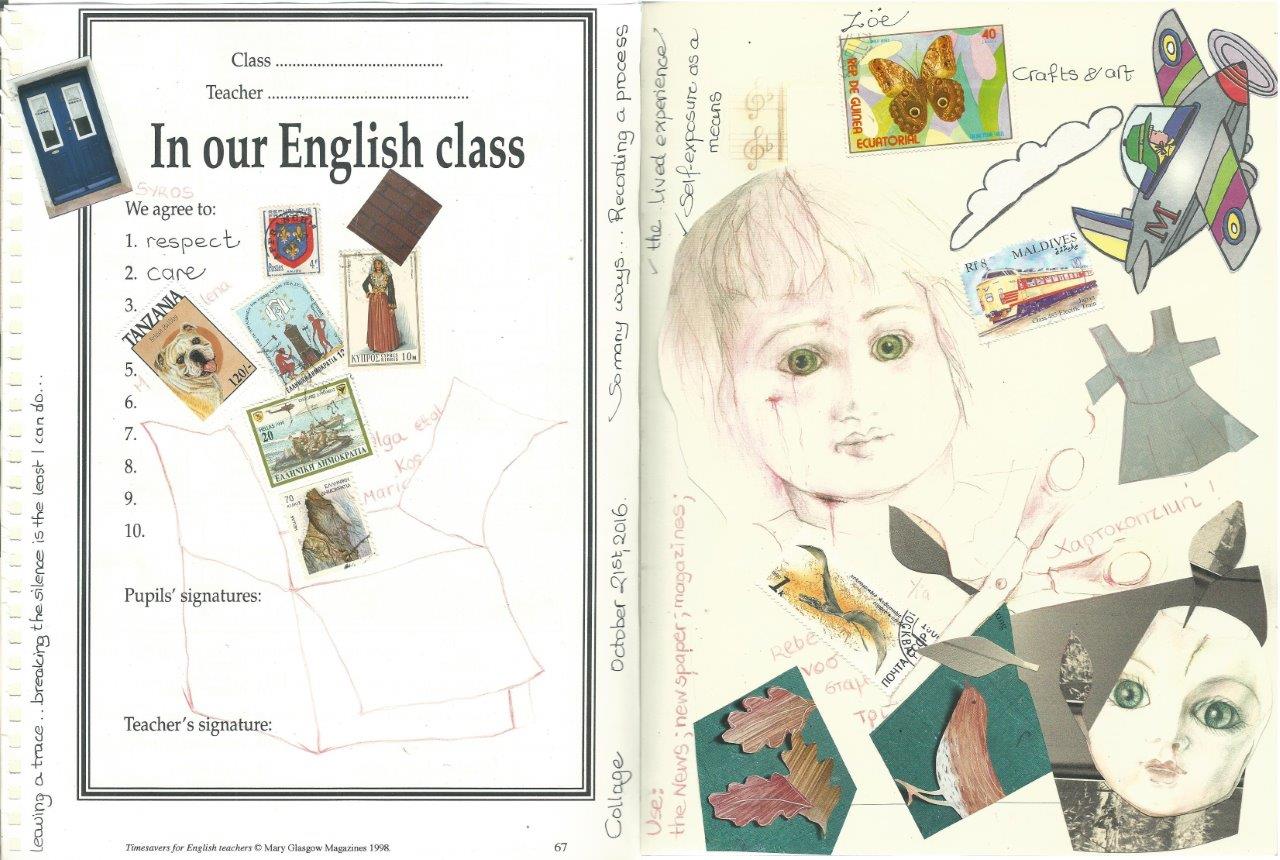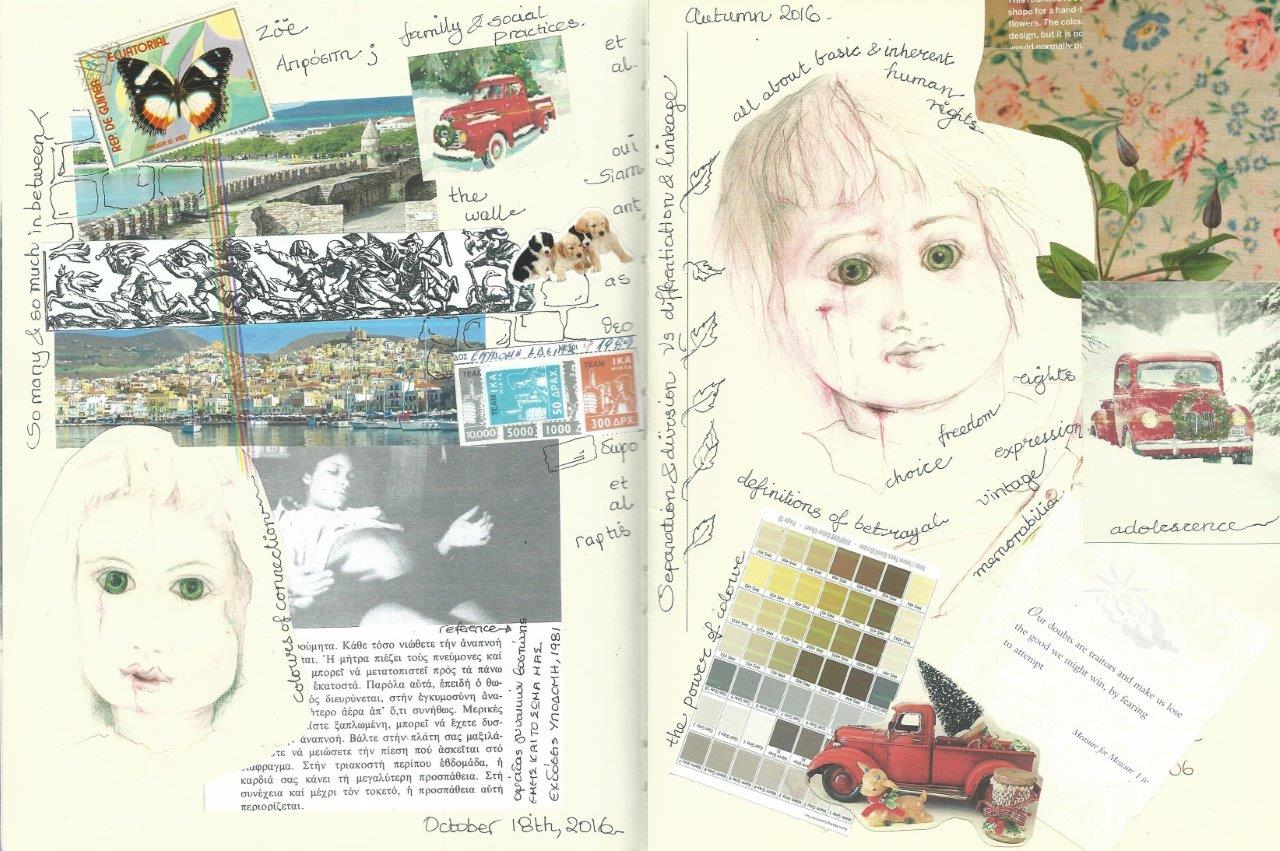 1) Before you know what kindness really is
1) Before you know what kindness really is
By Naomi Shihab Nye, from The Words Under the Words
Before you know what kindness really is
you must lose things,
feel the future dissolve in a moment
like salt in a weakened broth.
What you held in your hand,
what you counted and carefully saved,
all this must go so you know
how desolate the landscape can be
between the regions of kindness.
How you ride and ride
thinking the bus will never stop,
the passengers eating maize and chicken
will stare out the window forever.
Before you learn the tender gravity of kindness,
you must travel where the Indian in a white poncho
lies dead by the side of the road.
You must see how this could be you,
how he too was someone
who journeyed through the night with plans
and the simple breath that kept him alive.
Before you know kindness as the deepest thing inside,
you must know sorrow as the other deepest thing.
You must wake up with sorrow.
You must speak to it till your voice
catches the thread of all sorrows
and you see the size of the cloth.
Then it is only kindness that makes sense anymore,
only kindness that ties your shoes
and sends you out into the day to mail letters and
purchase bread,
only kindness that raises its head
from the crowd of the world to say
it is I you have been looking for,
and then goes with you every where
like a shadow or a friend.
2) On Attachment (From Mindsight: The New Science for Personal Transformation by Daniel J. Siegel)
‘For me, the explanation lies in some of the most exciting research done in psychology during the past thirty years: the ongoing exploration of early attachment. We have discovered that our early relationships shape not only how we narrate the stories of our lives when we reach adulthood, but also how our minds develop in infancy and childhood……..
Attachment patterns are one of the few dimensions of human life that appear to be largely independent of genetic influence………
But anyone who doubts the influence parents have on their children must deal with these extensive studies of attachment. They demonstrate clearly that what parents do matters enormously……’
3) Activation of the fight or flight response………
From talk by Craig Hassed, Mindfulness for Wellbeing and Peak Performance, Monash University
A lot of changes happen to our body when we activate threat responses….. ‘Our circulation becomes hyper dynamic, the blood gets thick and sticky and ready to clot fast, and metabolic rate goes up to help us to burn fuel faster than normal as a rapid release of sugars and fats into the bloodstream. We start to sweat because our metabolic rate’s gone up and we’re starting to feel hot, and the blood is diverted away from the skin and from the gut, so the gut shuts down, and all of that blood is being sent off to the muscles because they’re going to be doing a lot of work………..
So we would experience it as anxiety but it could be grinding away in a low level in pretty much throughout much of our day, and sometimes, we get really big spikes in this kind of reaction or response but it’s based on being unmindful, not being present, not discerning between imagination and reality. And if we do this a lot, then it produces a wear and tear on our system that it was not designed to take. It’s called allostatic load. But we get impaired immunity so we are more likely to get infections, or if we’ve got an inflammatory illness, it’ll be worse……..
We accelerate the hardening of the arteries so it leads to heart attacks and strokes, metabolic effects, high blood pressure, high blood glucose, high blood lipids, and so on. It also affects the ageing of the bones. It affects the ageing of the brain as well because these stress chemicals are neurotoxic so they damage brain cells over the long term, and actually lead to, a thinning of the grey matter. So we don’t just feel bad in the short term, it affects our health in the long term. And the areas that are most affected are the memory centre, hippocampus and the prefrontal cortex, our working memory, executive functioning areas of the brain……’
“Life on earth is a whole, yet it expresses itself in unique time-bound bodies, microscopic or visible, plant or animal, extinct or living. So there can be no one place to be. There can be no one way to be, no one way to practice, no one way to learn, no one way to love, no one way to grow or to heal, no one way to live, no one way to feel, no one thing to know or be known. The particulars count.” by Jon Kabat-Zinn, Wher ever You Go, There You Are: Mindfulness Meditation in Everyday Life



